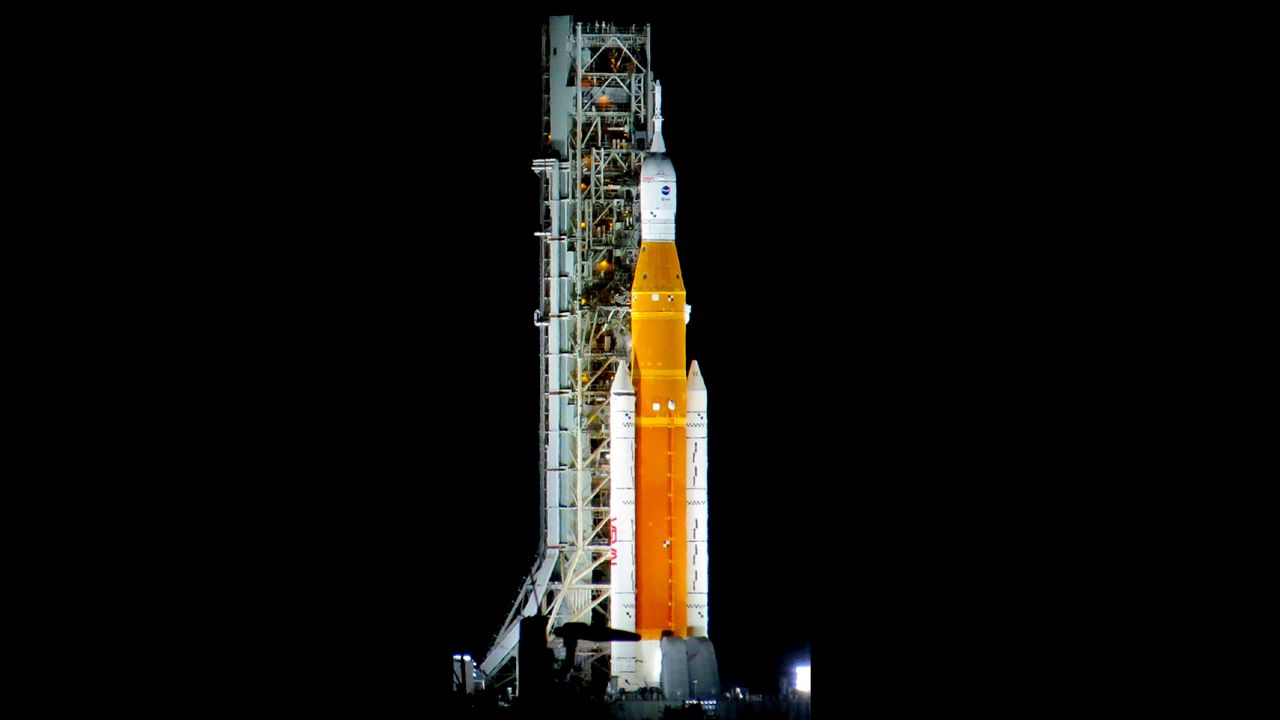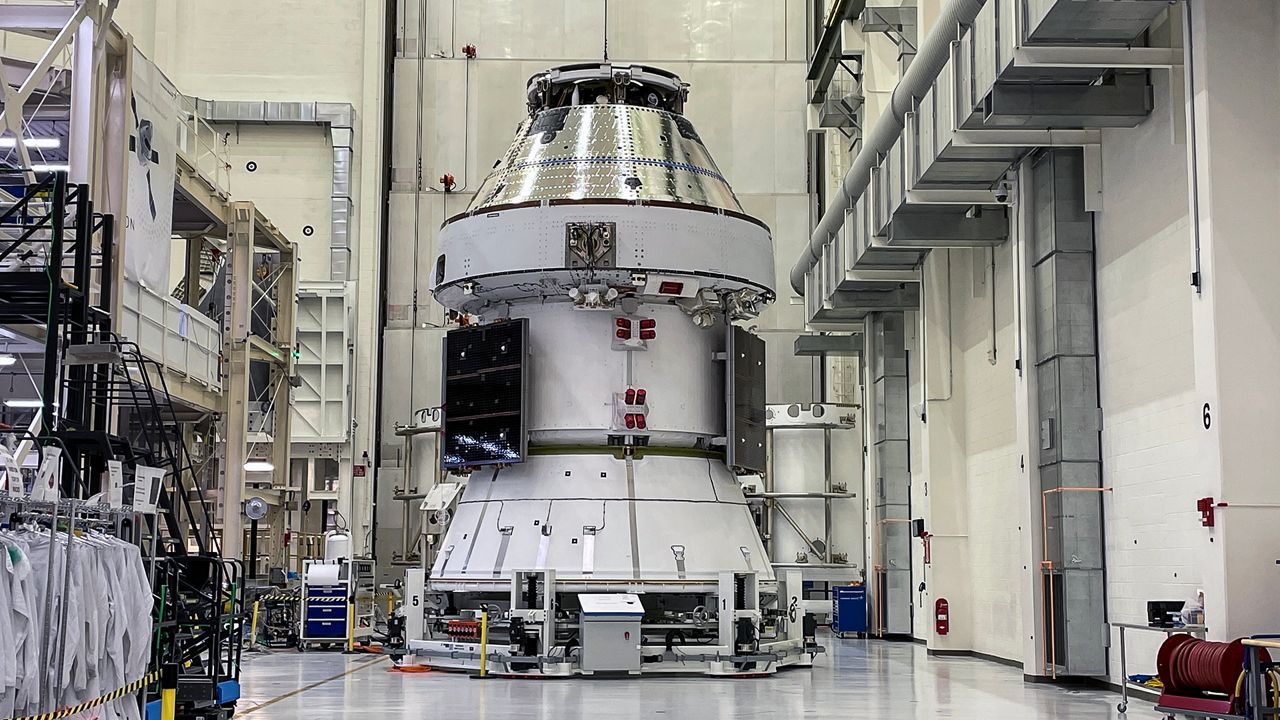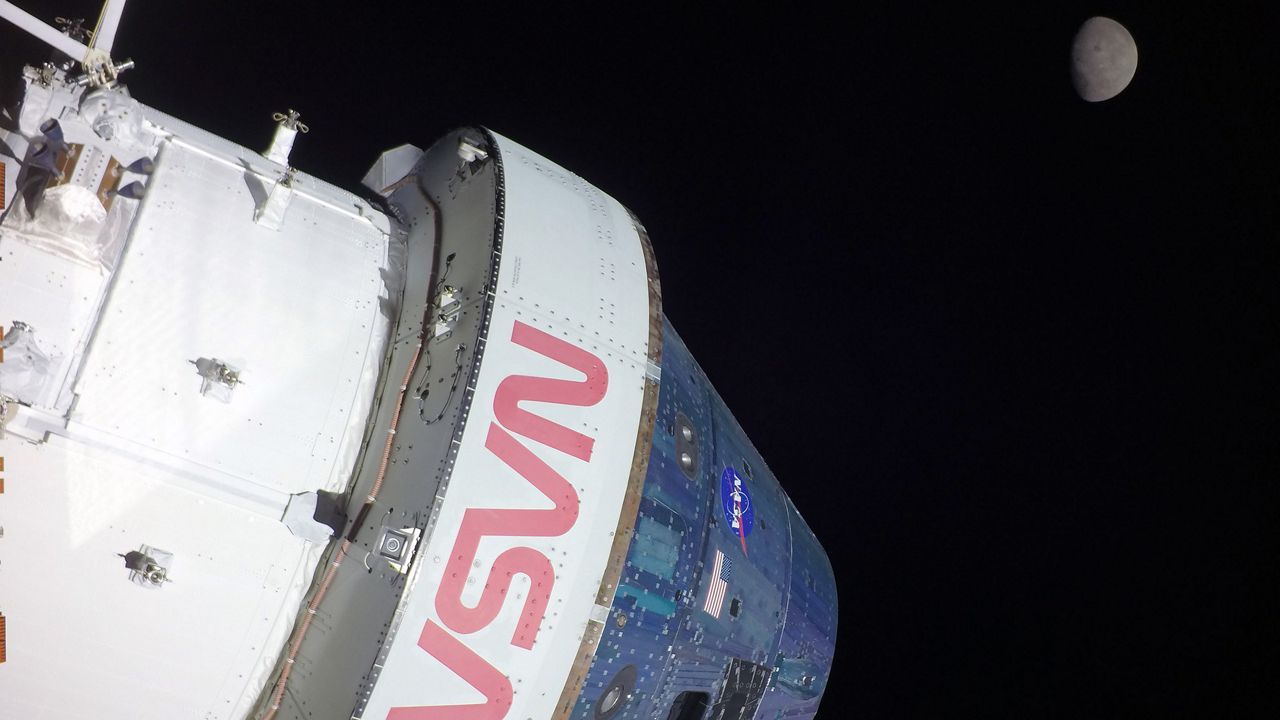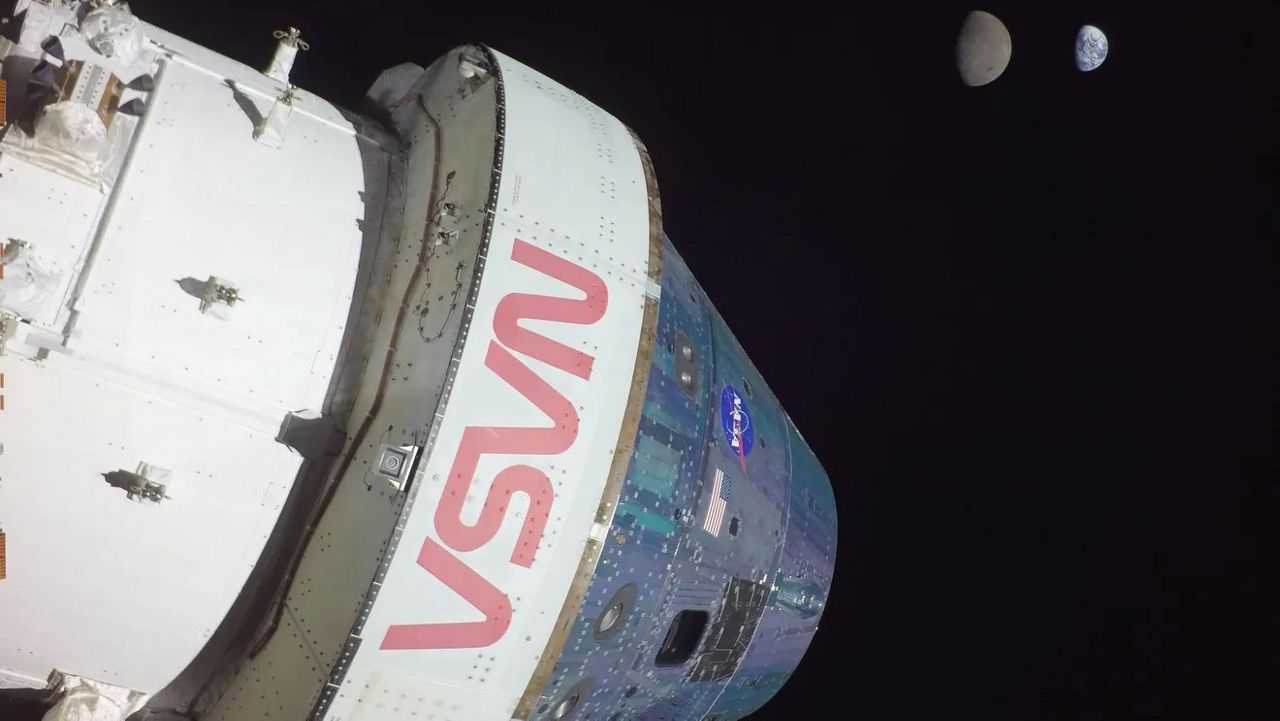KENNEDY SPACE CENTER —Citing the proposed budget cuts by the Trump administration, NASA announced on Friday that after the Artemis III mission — where Americans will return to the moon — the rocket and capsule will be retired.
What You Need To Know
- The budget proposes the end of the Space Launch System rocket and Orion capsule after the Artemis III moon-landing mission
- Scientific programs and research will be cut
- The Trump administration wants to focus on moon and Mars missions
- The budget also proposes that NASA’s workforce will be “streamline”; Congress must vote to approve the budget
- In an email obtained by Spectrum News, Acting Administrator Janet Petro stated to NASA employees that, “This budget will bring real change
- Get more space coverage here ▶
- 🔻Scroll down to review the budget🔻
The Space Launch System (SLS) rocket and the Orion capsule will be retired because they are “grossly expensive and delayed,” according to President Donald Trump’s Fiscal Year 2026 Discretionary Funding Request.
The proposed budget states that commercial space companies will be cheaper for future missions.
“The Budget phases out the grossly expensive and delayed Space Launch System (SLS) rocket and Orion capsule after three flights. SLS alone costs $4 billion per launch and is 140 percent over budget. The Budget funds a program to replace SLS and Orion flights to the Moon with more cost-effective commercial systems that would support more ambitious subsequent lunar missions,” according to the budget.
How the Artemis III mission will happen is that the SLS rocket will launch the crewed Orion capsule to the moon. As Orion orbits the moon, it will dock with SpaceX’s Starship. Two of the four astronauts on the Orion will go to Starship, where it will take them to the moon’s surface.
Once the mission on the moon is finished, Starship will take off and docks with Orion again and the two astronauts will reboard the capsule, undock and head back to Earth.
The Starship will remain in space.
However, NASA has stated that some of the delays to the Artemis mission are due to Starship, which has not had a fully successful test launch.
In addition, the budget proposes the termination of the small lunar space station called Gateway that would be part of the Artemis missions and allow international astronauts to make scientific explorations.
The budget also wants NASA to refocus its efforts in beating China to the moon and sending the first human to the planet Mars.
China plans to land its astronauts on the moon by 2030. The Artemis III mission is expected to send Americans to Earth’s lunar sister in 2027.
The budget will be cutting numerous programs, including the Mars Sample Return mission, a joint NASA and European Space Agency campaign to send Martian soil and rock samples collected by the rovers to send back to Earth.
The budget justifies this decision by stating if American astronauts are on Mars, they can collect the samples themselves and return them to Earth.
A number of cuts and elimination of NASA programs, including scientific ones, are mentioned in the proposal, including the Office of Science, Technology, Engineering, and Mathematics (STEM) Engagement, which is called “woke”.
“… NASA will inspire the next generation of explorers through exciting, ambitious space missions, not through subsidizing woke STEM programming and research that prioritizes some groups of students over others and have had minimal impact on the aerospace workforce,” stated the budget.
Speaking of workforce, the budget states that NASA’s workforce will be “streamline”.
“To achieve these objectives, the Budget would streamline the NASA workforce, information technology services, NASA Center operations, facility maintenance, and construction and environmental compliance activities,” it stated.
In an email obtained by Spectrum News, Acting Administrator Janet Petro stated to NASA employees that, “This budget will bring real change — not just to programs, but to people. Some activities will wind down, and we owe it to the American taxpayer to face these choices with clarity and courage as we continue our mission. Extending the status quo is not an option.”
Congress must vote to approve the budget.
During his confirmation hearing in April, NASA administrator nominee Jared Isaacman was asked about the budget cuts to the U.S. space agency, which at that time the budget was not released.
“Senator, I think right now, NASA has a pretty extraordinary budget. I believe that it is close to every federal law enforcement agency combined times two. With that budget in those resources available I do believe we can do the near impossible. I believe we can have multiple flagship at once which means we can have multiple space exploration at once in trying to solve the space economy,” he said, who added later that he was not familiar with the then-unreleased budget cuts.
On Wednesday, the U.S. Senate Committee on Commerce, Science, and Transportation confirmed that the 42-year-old tech entrepreneur and commercial astronaut as the new administrator for America’s space agency.
The full U.S. Senate needs to vote to make it official.









